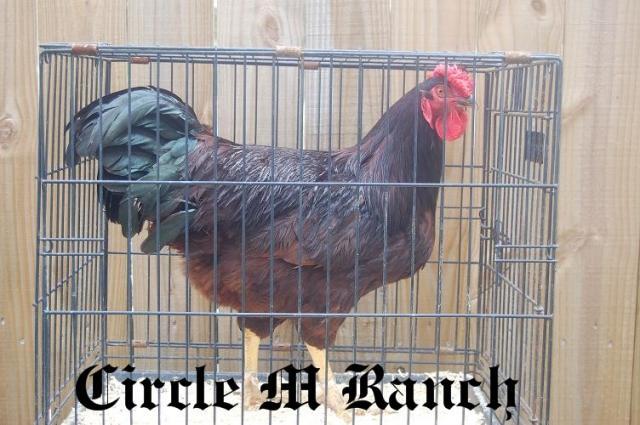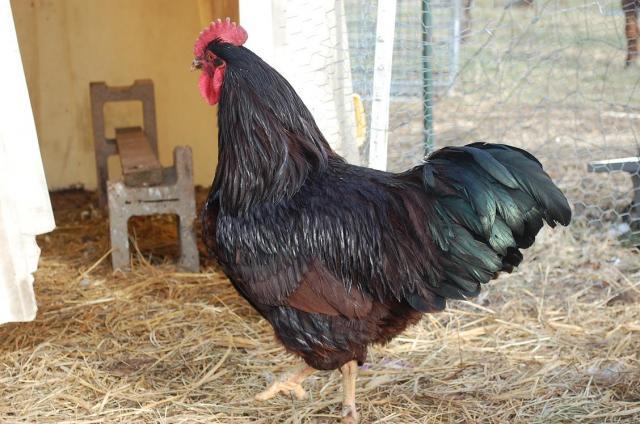She is sure nice Jim. I just moved my chicks today to their 3' X 6' brooder in my basement where they will be for the next month or so then I will be splitting them up into two of these brooder pens. I am sure that I have 5 SC and 6 RC and the other one I'm not 100% sure yet but almost sure that it is a SC. Pretty good getting 6 of each variety. lol I sure was lucky with this batch of eggs.Jim,
That hen is in my Rose Comb pen. I'm debating on moving her and the other Single Comb hen to the Single comb pen.
I will be keeping mine separated and try to get a nice little flock of each variety.
Jim
Last edited:






